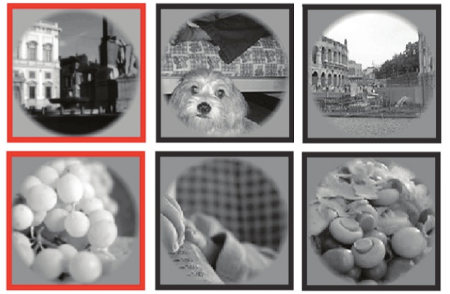Tag Archives: Database
NIH Launches new Biomedical Images Database
It has been said that a picture is worth a thousand words, but locating that perfect illustration can often be a challenge. For help with this type of quest, the National Institutes of Health recently introduced Images, a new database for finding images within the biomedical literature. The Images database provides access to approximately 3 million figures, graphs, photographs and illustrations from PubMed Central’s full-text digital archive of biomedical and life sciences journal literature.
Brain scans reveal what's in your mind's eye

Scientists are getting closer to being able to create an image of whatever you’re picturing your mind. This is either completely amazing or absolutely terrifying. Maybe a little bit of both.
To construct their model, the researchers used an fMRI machine, which measures blood flow through the brain, to track neural activity in three people as they looked at pictures of everyday settings and objects.As in the earlier study, they looked at parts of the brain linked to the shape of objects. Unlike before, they looked at regions whose activity correlates with general classifications, such as “buildings” or “small groups of people.”

